
In recent years, artificial intelligence (AI) has made big steps forward in many industries, including education. With AI tools becoming smarter, faster, and more affordable, many people wonder: “Can AI replace teachers in the future?”
This blog explores the role of AI in education, how it supports teachers, and why it may never fully replace the human touch in classrooms.
What is AI in Education?

AI in education refers to the use of machines and algorithms to help with learning and teaching. These tools can grade papers, give instant feedback, suggest study materials, and even adapt lessons based on a student’s learning style.
For example, apps like ChatGPT, Google Classroom’s AI features, and personalized learning platforms such as Khan Academy’s AI tutor are already used by millions of students and educators.
The Advantages of AI in Education
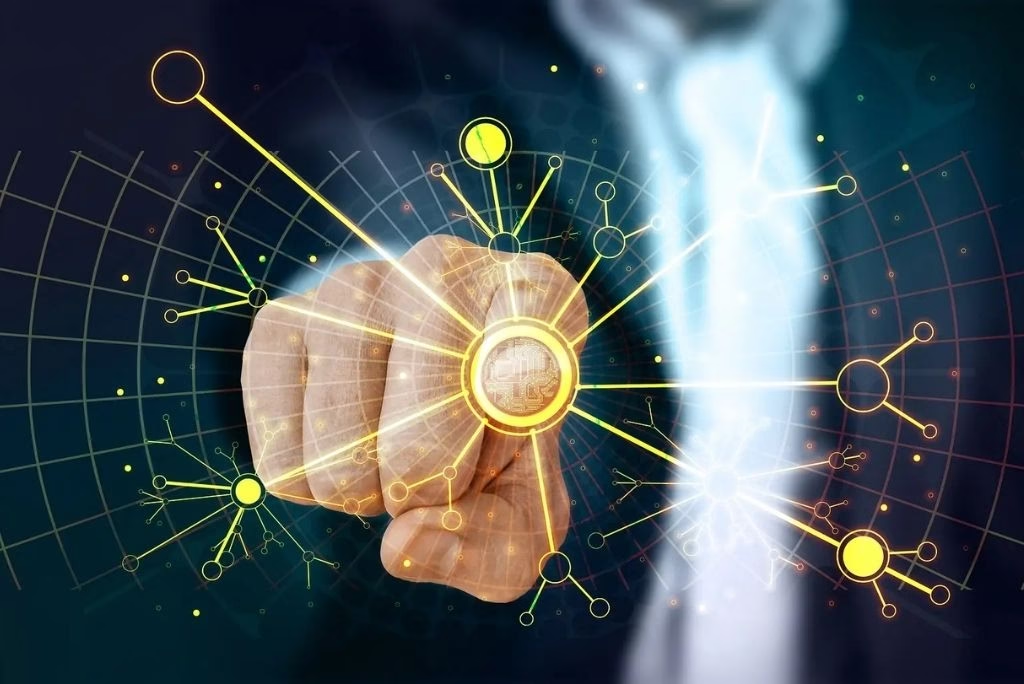
-
Personalized Learning
AI can tailor lessons for each student based on their speed, level, and interests. If a student is struggling in math, the system can give easier examples or offer more practice. This helps students learn at their own pace. -
Instant Feedback
Instead of waiting for a teacher to grade an assignment, AI can provide instant feedback. This helps students correct mistakes quickly and stay motivated. -
24/7 Availability
AI tools are available anytime. Students can study at night, during holidays, or on weekends. This flexibility helps students who may need extra time or support. -
Less Workload for Teachers
Teachers spend a lot of time grading papers, planning lessons, and answering basic questions. AI can handle some of these tasks, giving teachers more time to focus on creativity, discussions, and one-on-one support.
The Limits of AI
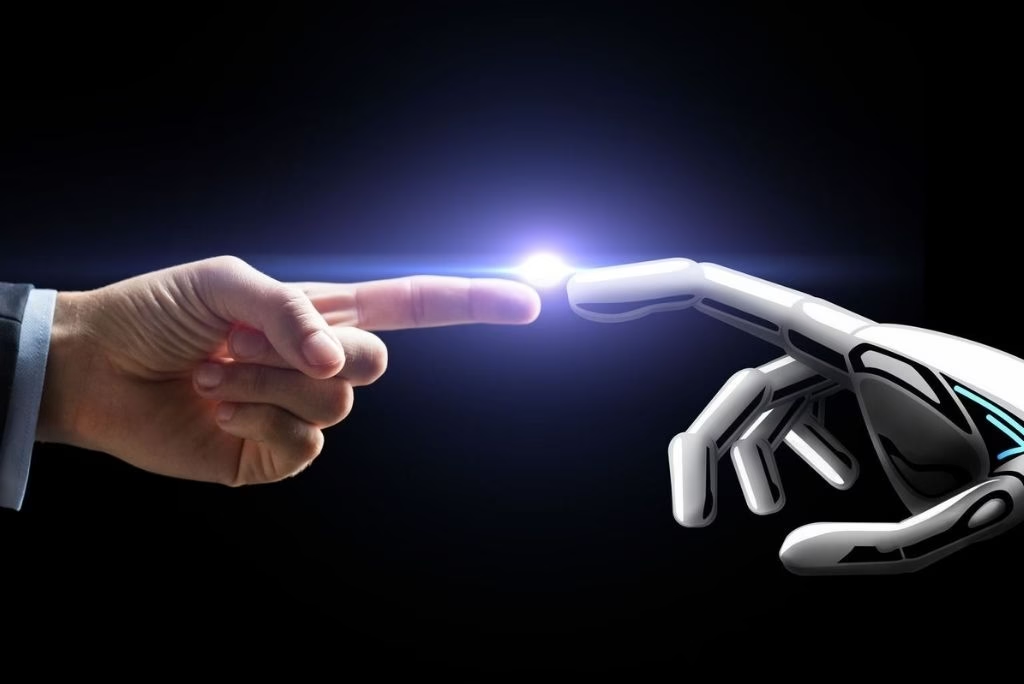
While AI brings many benefits, it has some serious limits, too.
-
Lack of Human Emotion
Teachers do more than just teach—they inspire, motivate, and connect emotionally with students. AI cannot understand feelings, comfort a student having a bad day, or notice when someone is struggling quietly. -
Creativity and Critical Thinking
AI follows rules and patterns. It’s not great at encouraging creative thinking or solving real-world problems the way a teacher can through open discussion or storytelling. -
Bias in Algorithms
AI systems are created by humans, which means they may carry hidden biases. This could affect grading or content suggestions in unfair ways. -
Tech Access and Digital Divide
Not every student has a reliable internet connection or device. Depending too much on AI may increase the gap between students who have access to technology and those who don’t.
The Future: Teachers + AI, Not Teachers vs. AI
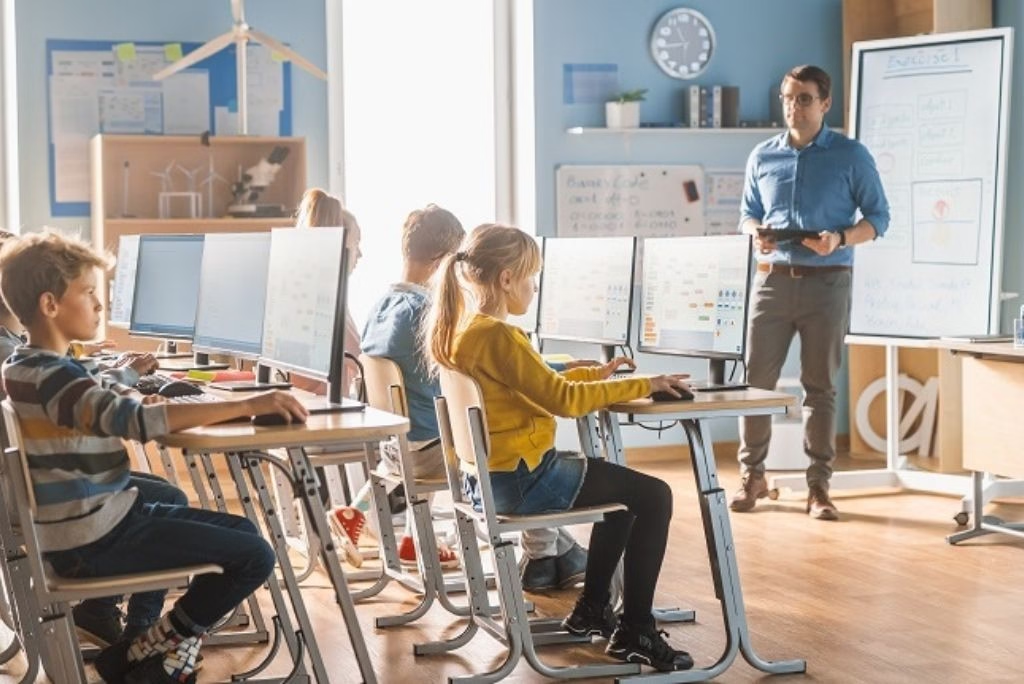
Instead of replacing teachers, AI is more likely to become a helpful tool in their toolkit. The best classrooms of the future will combine human empathy with the power of technology.
Teachers will use AI for planning, tracking progress, and giving extra help to students. Meanwhile, they will continue to guide, mentor, and inspire students in ways machines never can.
This combination is known as “blended learning,” where tech supports human-led teaching.
Real-World Examples of AI in Classrooms
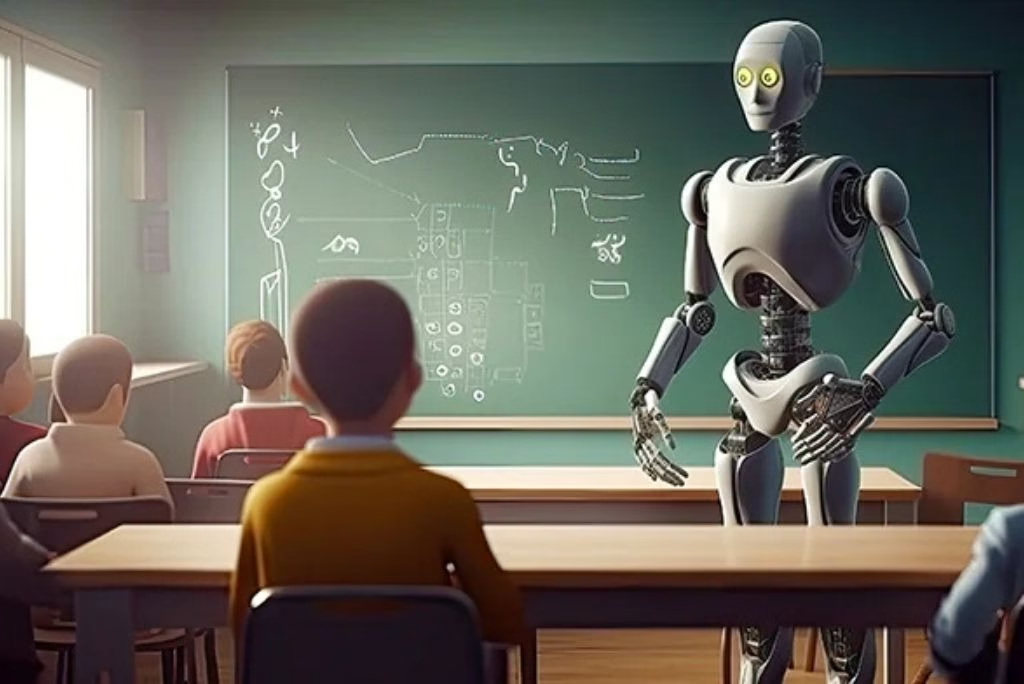
-
South Korea: Schools use AI to check students’ pronunciation in English lessons. But teachers still lead the lessons, explain grammar, and help students speak confidently.
-
United States: Many schools use AI-based platforms like Grammarly or Turnitin to support writing skills, while teachers still give feedback and encourage creative thinking.
-
India: Apps like BYJU’S use AI to teach math and science, but real teachers explain concepts and answer questions during live classes.
How Can Teachers Prepare?
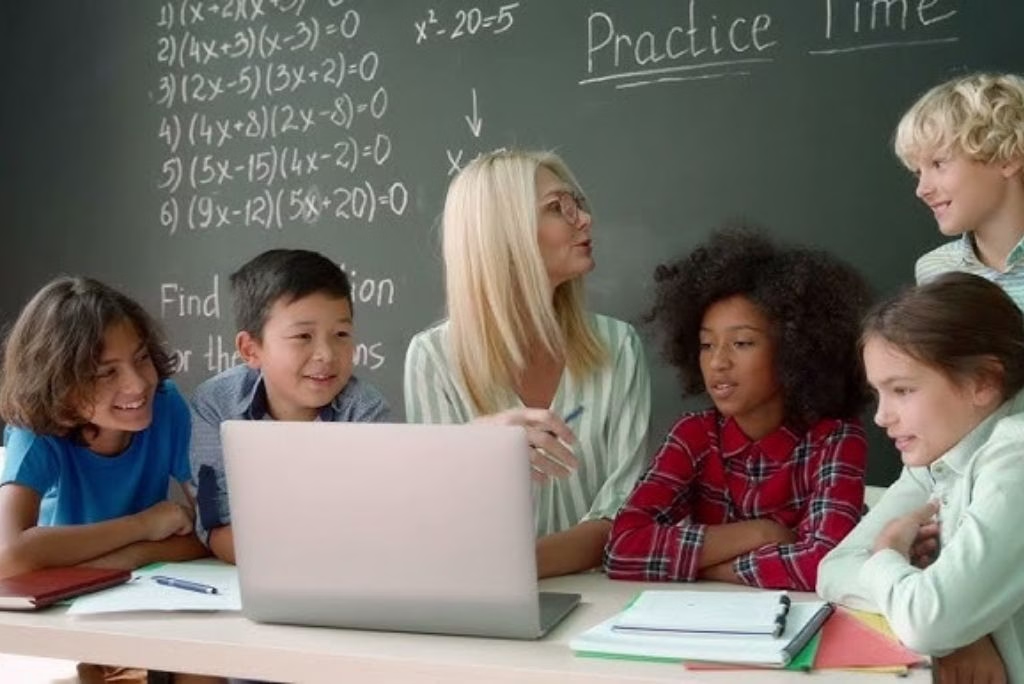
-
Learn About AI Tools
Teachers should explore how AI tools work and how they can support their teaching style. -
Stay Creative
Focus on things AI cannot do—like creative storytelling, leading discussions, or emotional support. -
Build Tech Skills
Knowing how to use new tools will help teachers stay ahead and make the most of blended learning. -
Encourage Digital Ethics
Teach students how to use AI responsibly—check sources, avoid cheating, and respect privacy.
Final Thoughts: Why Teachers Will Always Matter
AI is here to stay—and it will continue to reshape education. But it will not replace teachers. Instead, it will empower them to deliver more engaging, personalized, and effective learning experiences.
The future of teaching is not AI vs. teachers, but rather AI working with teachers. At the heart of education lies connection, curiosity, and care—and that’s something only a human teacher can truly provide.
Want more updates like this?
Follow Blogimine for the latest insights on education, technology, and future trends.

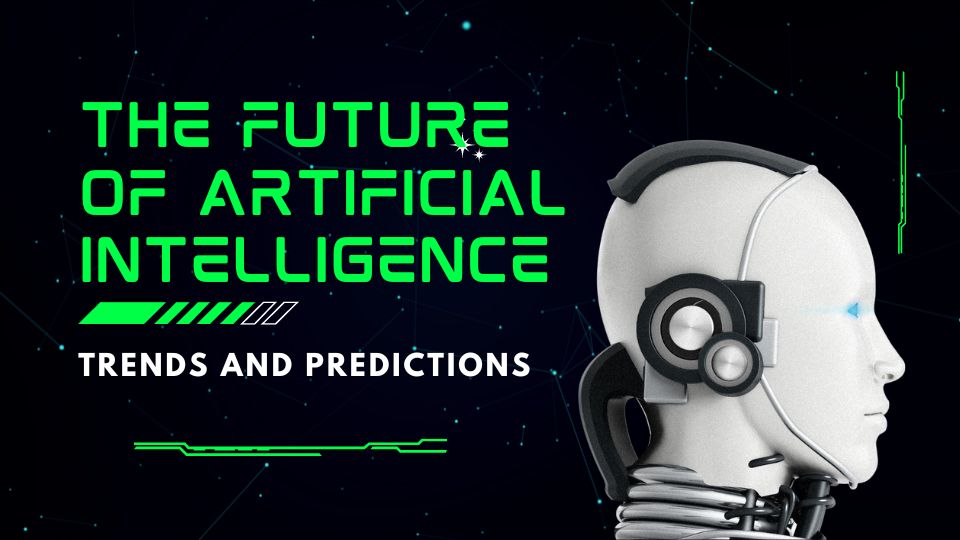

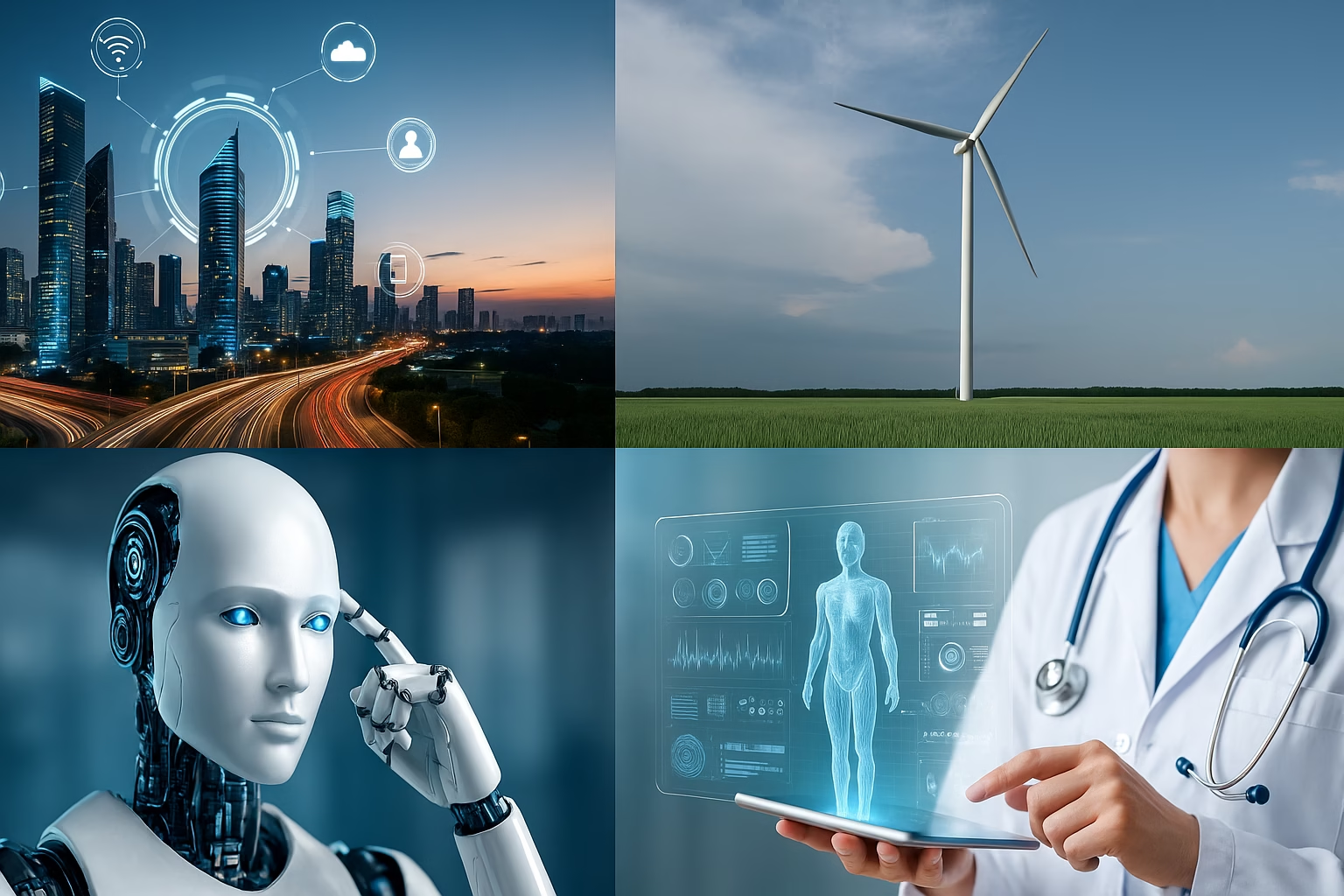



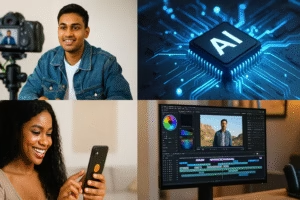
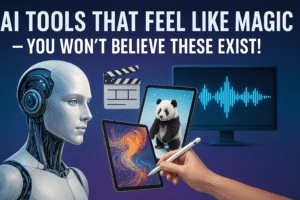






Good article! AI can help in teaching, but real teachers are still very important.